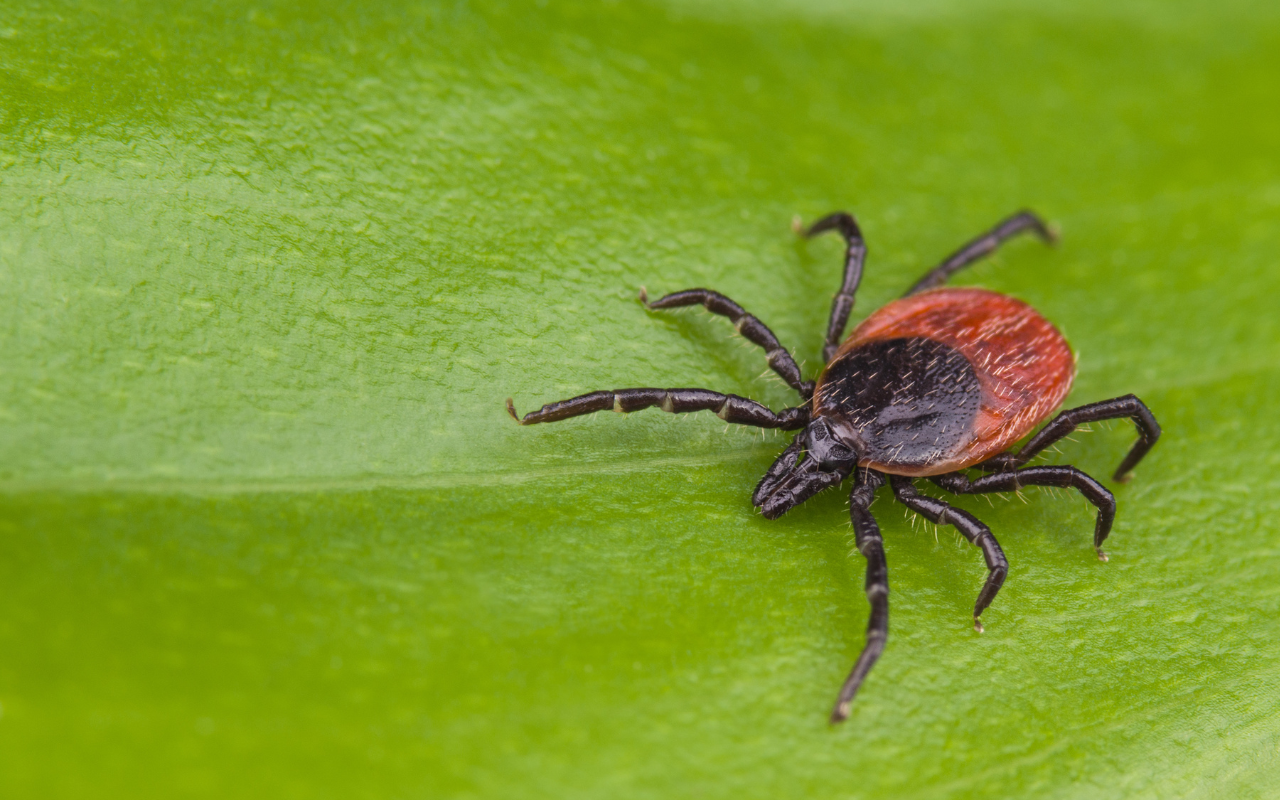A globe-trotting patient becomes a diagnostic challenge when a tick is discovered during an outback adventure.
A Lessons from Practice case study published this week in the Medical Journal of Australia shares an unusual case of tick-borne illness discovered in a patient on vacation in the Northern Territory.
The 62-year-old man from Connecticut, USA, had discovered a tick on his scrotum while in Darwin, and removed it before embarking on a safari in Arnhem Land.
He presented to the emergency department at Royal Darwin Hospital on his return from safari with fever, headache, fatigue, malaise and anorexia.
The patient was started on ceftriaxone and doxycycline for broad antimicrobial coverage while investigations were undertaken, which revealed evidence of inflammation and intravascular haemolysis, two small splenic infarcts, and the presence of intracellular parasitosis.

Pinpointing the disease
Six months prior to his trip to the Northern Territory, the patient also travelled through South America on birding trips, so the treating team had to consider a wide array of differential diagnoses.
“Typical infection incubation periods helped to narrow the suspects (with the exception of relapsing malaria),” Matthew Martin and Maxwell Olenski of Royal Darwin Hospital wrote.
“A six-month incubation period excludes arboviral infections such as Zika, Chikungunya, yellow fever, West Nile virus and the equine encephalitides.”
The treating team then turned their attention to the Top End’s usual suspects, to no avail.
“Melioidosis is almost always a consideration in the Top End of the Northern Territory … However, the patient didn’t have the traditional risk factors and exposures heralding disseminated disease, and his travel occurred in the dry season when incidence is lowest,” the author wrote.
“Leptospirosis was considered but compatible animal and water exposures were missing. The absence of neurological symptoms rendered Murray Valley encephalitis and Japanese encephalitis, both present in Darwin and its surrounds, less likely. A generalised vasculitis of a rickettsial infection … was a leading differential, although the imaging and laboratory results — namely the pancytopenia — would be rare manifestations.”
There’s no place like home
Further review of the blood film identified merozoites consistent with babesia species, and Babesia microti was later confirmed on laboratory polymerase chain reaction testing.
Babesia are intracellular protozoan parasites that are transmitted by the deer or blacked legged tick in the USA. It just so happened that after their South American birding trip and before their Northern Territory safari, the patient had also gone camping in Maine, which is one of the USA’s top four states for annual babesiosis incidence.
“Investigations initially focused on the Top End’s tropical milieu, prompting targeted serological and nucleic acid amplification testing. The true culprit, however, was almost certainly imported from New England’s temperate climes aboard a hitchhiking tick,” the authors wrote.
The authors note babesiosis can clinically and microscopically mimic malaria, so a patient presenting with a compatible travel history and intra-erythrocyte parasites should be treated as a case of malaria until proven otherwise.
Fortunately, in this case, the patient was treated with ten days of oral atovaquone, azithromycin and doxycycline, and then cleared to return home to the USA.
Hopefully without any ticks in tow.
Read the Lessons from Practice in the Medical Journal of Australia.
Subscribe to the free InSight+ weekly newsletter here. It is available to all readers, not just registered medical practitioners.

 more_vert
more_vert
Interesting tale
What will be even more interesting is the following (knowing the authors of this paper) does not necessarily read this webpage)
1. Was the history of tick on scrotum actually obtained at the emergency department, if so by whom, emergency doctors or infectious disease team?
2.Given his travel history, one would expect he would be red-flagged at the passenger arrival card screening for further bio security questioning, the sort that doesn’t just rely on verbal response. While doctors are not border patrol and gatekeeper, and neither Lyme or Babesia are notifiable diseases, as far as I can tell, I do wonder whether there may be misleading declaration that may put our flora, fauna and farming industries at risk?
It does tick a few boxes, and that ticks me off (pun intended)